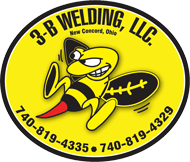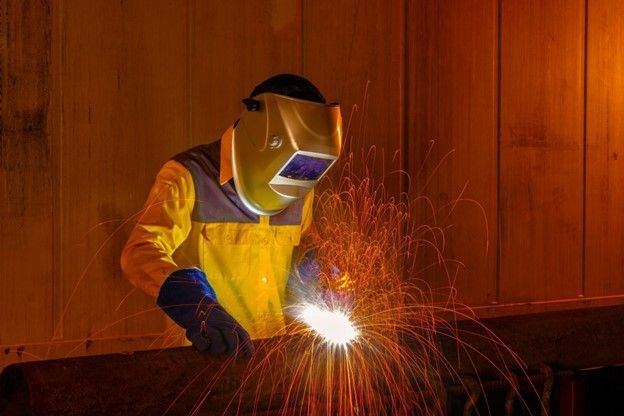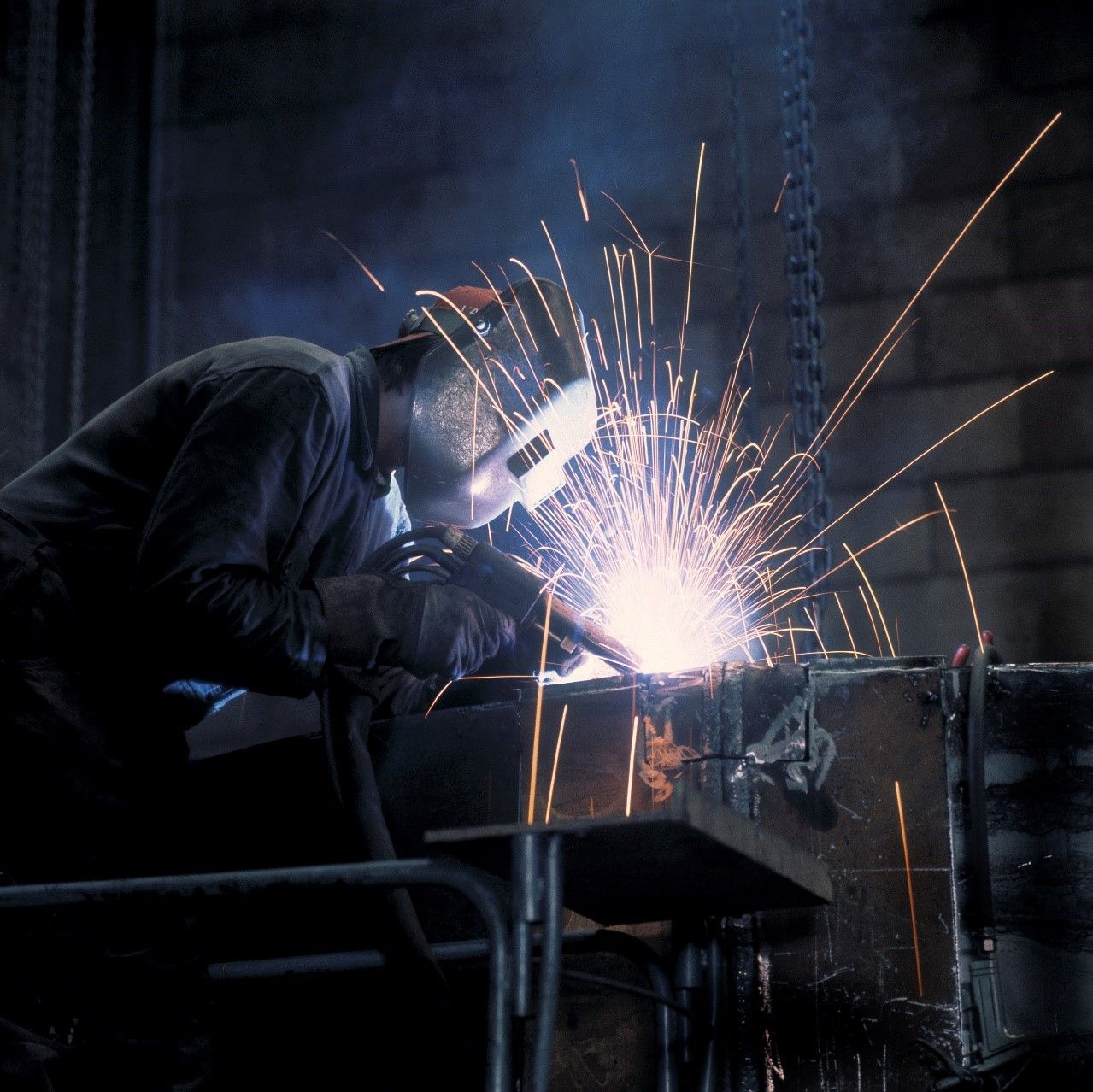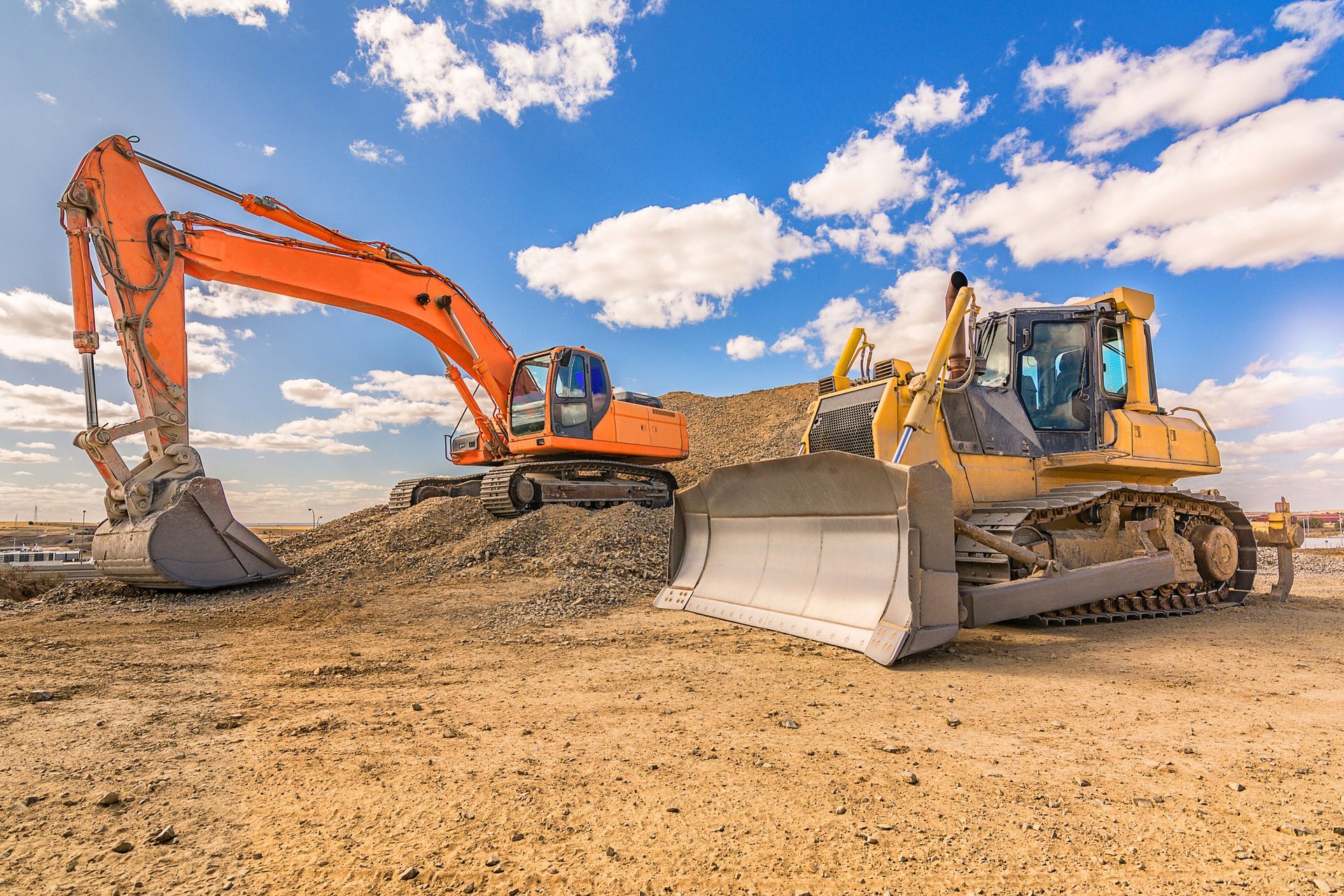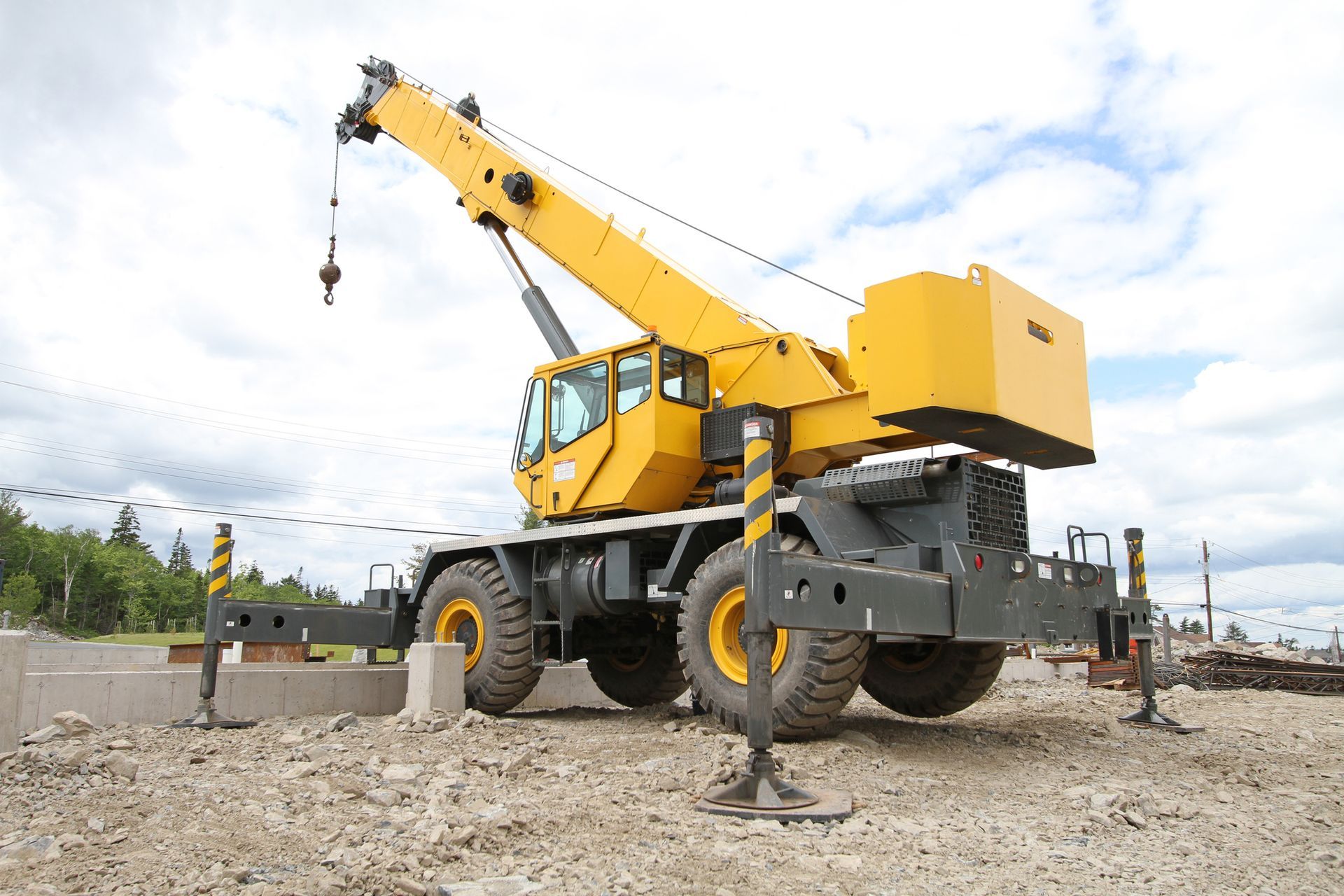
Innovations in Welding Technology
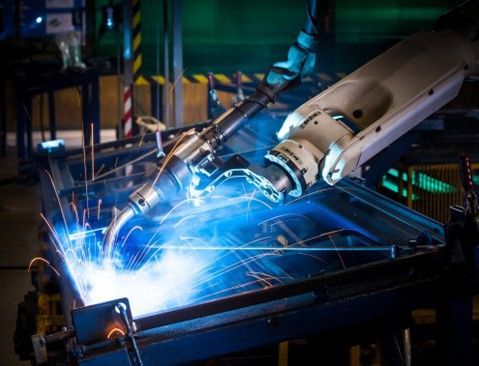
Welding technology is constantly evolving, driving efficiency, precision, and safety in various industries. Whether you're a hobbyist or a professional welder, staying up-to-date with the latest innovations is crucial to keeping your skills relevant and maximizing productivity. In this article, we’ll explore the most exciting advancements in welding technology and how they’re shaping the future of the field.
1. Advanced Arc Welding Processes
One of the latest developments in welding technology is the refinement of advanced arc welding processes. Techniques like plasma arc welding (PAW) and pulsed gas metal arc welding (GMAW-P) are becoming more popular due to their ability to increase precision and reduce weld defects. These processes offer better control over heat input, making them ideal for high-quality welds on delicate materials.
2. Laser Welding
Laser welding is revolutionizing the industry with its speed and accuracy. This process uses focused laser beams to create strong, precise welds in a fraction of the time it takes with traditional methods. It’s especially useful for industries like automotive manufacturing and aerospace, where precision is paramount. As laser welding technology continues to improve, it's becoming more accessible and affordable, making it a game-changer for many applications.
3. Automated and Robotic Welding
Automation has made its mark in welding, with robotic welding systems becoming more sophisticated and efficient. These systems use advanced programming and artificial intelligence to perform complex welds without human intervention. Robotic welding improves speed, consistency, and quality while reducing the risk of injury to workers. As the cost of robotics decreases, automated welding technology is becoming more accessible to small and medium-sized businesses.
4. Ultrasonic Welding
Ultrasonic welding is another cutting-edge innovation, especially useful for non-metal materials like plastics and composites. This technique uses high-frequency sound waves to create friction, which generates heat and fuses materials together. It’s a fast and clean process, often used in industries like electronics and medical device manufacturing. The precision of ultrasonic welding makes it ideal for applications requiring strong, durable bonds without the need for additional adhesives or fasteners.
5. Hybrid Welding
Hybrid welding combines traditional arc welding with laser welding to take advantage of the best qualities of both methods. This technique delivers deeper penetration, faster speeds, and reduced heat distortion. Hybrid welding is especially beneficial for large-scale projects like shipbuilding, where both speed and weld quality are critical. By combining technologies, hybrid welding allows for more efficient and versatile solutions.
6. Electron Beam Welding
Electron beam welding is another cutting-edge technique gaining traction, especially in industries like aerospace and defense. This method uses a focused beam of high-velocity electrons to create heat and join materials. Electron beam welding is ideal for materials that are difficult to weld using traditional methods, such as titanium and other high-strength alloys. Its high precision and minimal heat distortion make it suitable for critical applications that require exacting standards.
7. Smart Welding Systems
As welding technology continues to evolve, so do the tools and systems that support welders. Smart welding systems, which use sensors and real-time data analysis, allow welders to monitor key parameters like heat input, voltage, and weld speed. These systems can help ensure consistent quality and provide insights to optimize welding processes. By using data-driven feedback, smart welding systems are paving the way for more efficient and reliable welding operations.
8. Virtual Reality Welding Training
Training the next generation of welders is becoming more innovative with virtual reality (VR) welding simulators. VR welding allows trainees to practice their skills in a virtual environment, offering immediate feedback on their technique. This technology not only saves time and materials but also provides a safer learning environment. As VR welding simulators become more advanced, they are being used by schools, trade programs, and companies to train welders faster and more effectively.
Staying ahead in welding technology is key to maintaining quality and efficiency. 3-B Welding LLC in New Concord, OH, specializes in custom welding, steel erection, and equipment repairs for environmental and construction projects. With years of experience and mobile services, they offer top-notch solutions at competitive prices. Call
(740) 819-4329 for a free estimate.






